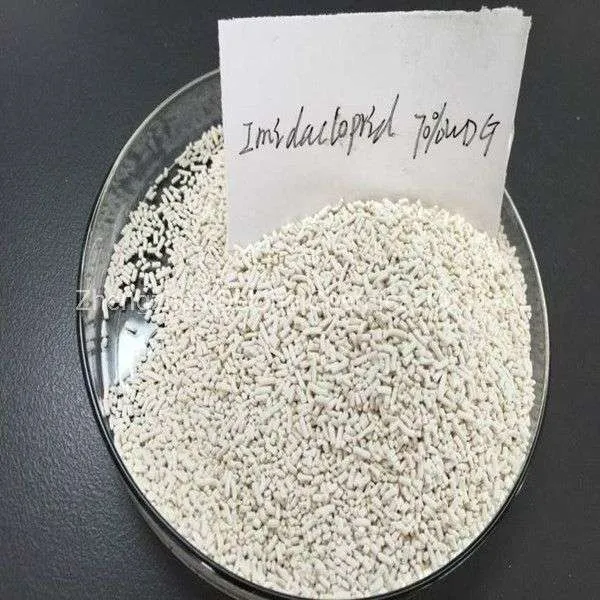


sodium hydroxide
Understanding Sodium Hydroxide The Versatile Chemical Compound
Sodium hydroxide, commonly known as lye or caustic soda, is an inorganic compound with the formula NaOH. This white crystalline substance is highly soluble in water, producing a strong alkaline solution that can be used for a multitude of industrial applications. Its properties, production, and uses make it a significant player in various sectors, including manufacturing, food processing, and pharmaceuticals.
Properties of Sodium Hydroxide
Sodium hydroxide is an ionic compound composed of sodium ions (Na⁺) and hydroxide ions (OH⁻). Its high solubility in water and strong basic nature are among its most notable characteristics. When dissolved in water, it dissociates completely into these ions, resulting in a solution with a pH level that can reach as high as 14. This strong alkalinity makes it useful for neutralizing acids, which is why it plays a critical role in titration processes and pH adjustments in different chemical solutions.
The compound is also hygroscopic, meaning it can absorb moisture from the air, which is why it is often stored in sealed containers to prevent it from clumping or reacting with carbon dioxide. In solid form, sodium hydroxide appears as white or colorless crystals, which can also be found in a granular form.
Production of Sodium Hydroxide
Sodium hydroxide is predominantly produced through the chloralkali process, which involves the electrolysis of sodium chloride (table salt) solution. This process generates chlorine gas and hydrogen gas, along with sodium hydroxide as a byproduct. The overall reaction can be summarized as follows
\[ 2 NaCl + 2 H_2O → Cl_2 + H_2 + 2 NaOH \]
Another method for producing sodium hydroxide is through the reaction of sodium carbonate (soda ash) with calcium hydroxide (slaked lime). However, the chloralkali process remains the most widely used due to its efficiency and cost-effectiveness.
Applications of Sodium Hydroxide
sodium hydroxide

Sodium hydroxide is incredibly versatile, serving a broad spectrum of industrial applications. Here are some of its primary uses
1. Chemical Manufacturing It is a key ingredient in the production of various chemicals, including sodium hypochlorite (bleach), soap, detergents, and pH regulators in swimming pools and other water systems.
2. Food Industry In food processing, sodium hydroxide is often used as a food additive and for peeling fruits and vegetables, controlling acidity, and in the production of food products like olives and pretzels. Its ability to effectively break down organic materials makes it invaluable in food preparation.
3. Paper and Pulp Industry Sodium hydroxide plays an essential role in the pulping and bleaching process in paper manufacturing, helping to dissolve lignin and other undesirable components of wood fibers.
4. Metal Processing In metal finishing processes, NaOH is used for cleaning and etching metals before plating and coating, ensuring better adhesion and finish.
5. Water Treatment In water treatment facilities, sodium hydroxide is employed to regulate acidity levels and remove heavy metals, thus ensuring safe drinking water for communities.
Safety Considerations
While sodium hydroxide is highly useful, it is also caustic and can cause severe burns and damage to tissues upon contact. Therefore, safety precautions must be taken during its handling and storage. Protective gear, such as gloves, goggles, and respirators, should be used to avoid exposure. Additionally, it must be stored in a cool, dry place and away from acids and moisture to minimize risks.
Conclusion
Sodium hydroxide is an essential and multifaceted chemical compound that plays a crucial role in numerous industries. Its strong base properties and versatility make it indispensable in applications ranging from manufacturing to food processing. However, its hazardous nature requires careful handling to ensure safety. As industries continue to grow and evolve, the demand for sodium hydroxide is likely to persist, underscoring the importance of this powerful chemical in our everyday lives.
-
Uncover the Benefits of Sodium ChlorateNewsJun.24,2025
-
Sodium for Sale: Your Essential ResourceNewsJun.24,2025
-
Raw Materials in Chemical IndustryNewsJun.24,2025
-
Potassium Hydroxide: Versatile Solutions for Your NeedsNewsJun.24,2025
-
Organic Pesticides and Chemical Raw Materials: Building a Sustainable FutureNewsJun.24,2025
-
Discover Premium Chlorine Tablets TodayNewsJun.24,2025
-
Zinc for Sale: Your Essential ResourceNewsJun.04,2025


















